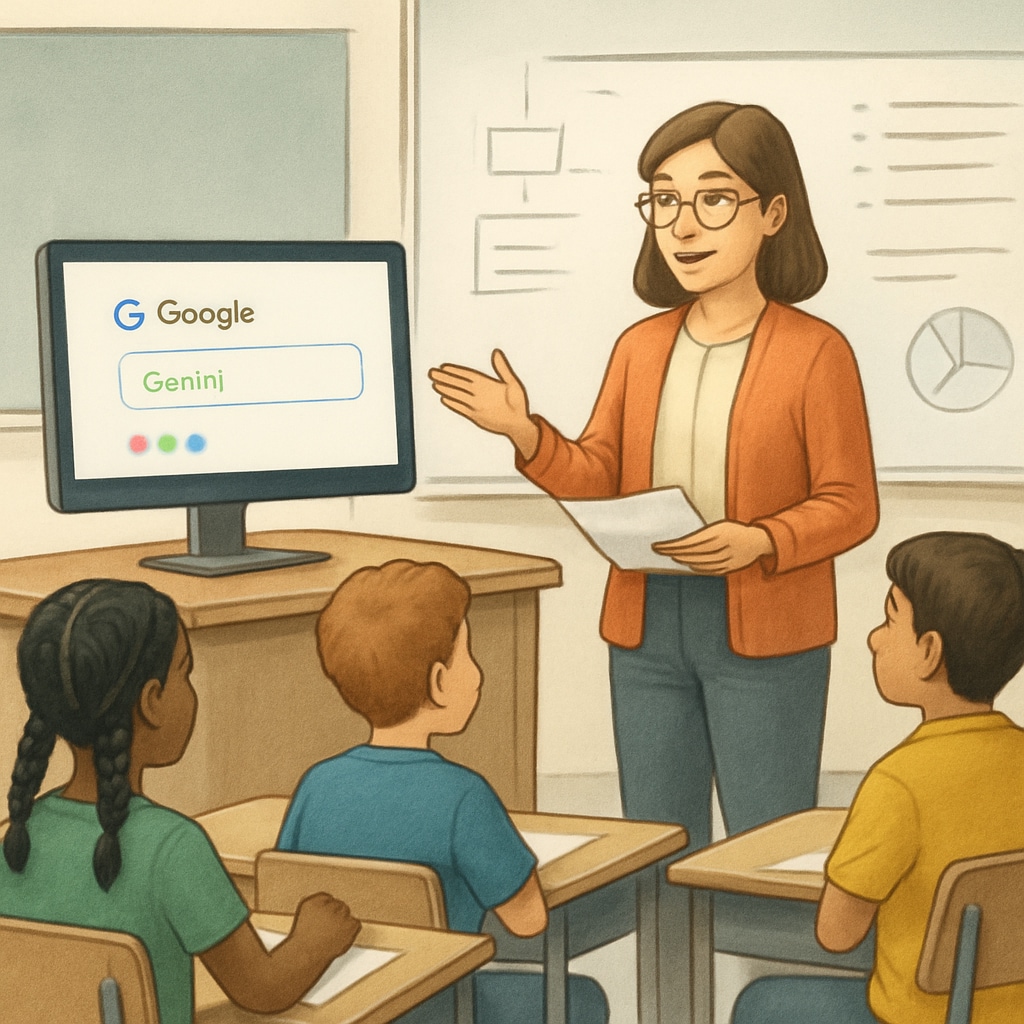Artificial intelligence, teacher value, salary, and education technology are becoming increasingly intertwined as advanced tools like Google Gemini enter classrooms worldwide. This rapid adoption of AI in education is reshaping the teaching profession, sparking debates about teacher roles, skill demands, and salary adjustments. For educators, the question is no longer whether AI will play a role but rather how it will redefine their professional value.
How Artificial Intelligence is Reshaping the Role of Teachers
AI tools such as Google Gemini and ChatGPT have proven their ability to perform tasks traditionally handled by educators. From grading assignments to crafting personalized lesson plans, these technologies can complete tasks in minutes that might take teachers hours. As a result, the traditional perception of teachers as the sole knowledge providers is shifting. They are increasingly seen as facilitators of learning, focusing on soft skills like empathy, adaptability, and critical thinking.
However, this transition presents challenges. Teachers must adapt to new roles that emphasize collaboration with AI systems while maintaining their unique human touch. The question arises: will these changes diminish the perceived value of educators, or will they elevate their importance in nurturing essential human qualities?

Skills and Compensation in the AI Era
The integration of AI in education demands a new set of skills from teachers. While expertise in subject matter remains crucial, educators now require proficiency in leveraging AI tools to enhance teaching outcomes. Professional development programs focused on AI literacy are becoming essential to empower teachers to stay relevant in this evolving landscape.
Yet, salary structures may not adequately reflect these increased demands. If AI reduces the workload traditionally associated with teaching, will this lead to downward pressure on teacher salaries? Or will the specialized skills required to manage AI systems justify higher compensation? These questions remain unanswered, as education systems worldwide grapple with how to value the modern teacher’s role.

Preparing Education Systems for AI Integration
For education systems to successfully integrate AI, they must undergo significant structural changes. Policymakers, school administrators, and educators must collaborate to redefine teaching standards, learning objectives, and compensation models. This process involves:
- Investing in AI literacy training for teachers
- Developing ethical guidelines to ensure AI enhances rather than replaces human educators
- Establishing salary frameworks that reward both traditional teaching skills and AI proficiency
Moreover, stakeholders must address concerns about equity. Not all schools have the resources to implement AI tools effectively, potentially widening the gap between well-funded institutions and underprivileged ones. For example, educational technology initiatives have shown promise in reducing disparities, but their success largely depends on equitable access.
Conclusion: Rethinking Teacher Value in the AI Age
The rise of artificial intelligence in education presents both challenges and opportunities for teachers. While AI tools can streamline workflows and enrich learning experiences, they also raise critical questions about the value and compensation of educators. As a result, the teaching profession must evolve to embrace these changes without losing sight of its core mission: shaping minds and fostering human potential.
To navigate this transformative era effectively, education systems must prioritize teacher support—financially, professionally, and emotionally. By doing so, they can ensure that AI serves as a complementary force rather than a disruptive one, preserving the intrinsic value of educators in society.
Readability guidance: Short paragraphs and lists have been used to enhance readability. Overuse of passive voice and long sentences has been avoided. Transition words like “however,” “therefore,” and “for example” help maintain logical flow, while images illustrate key concepts and add visual context.


